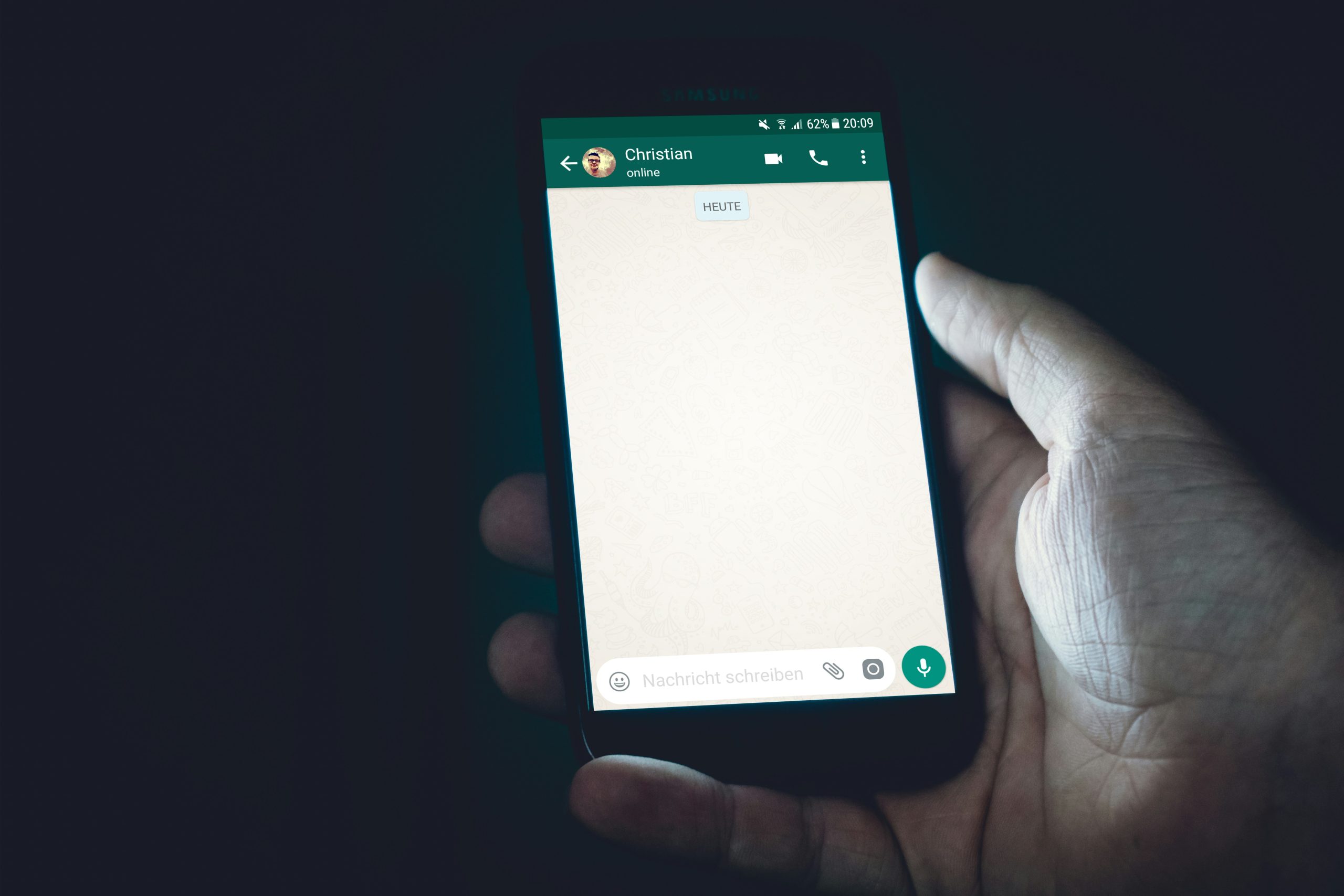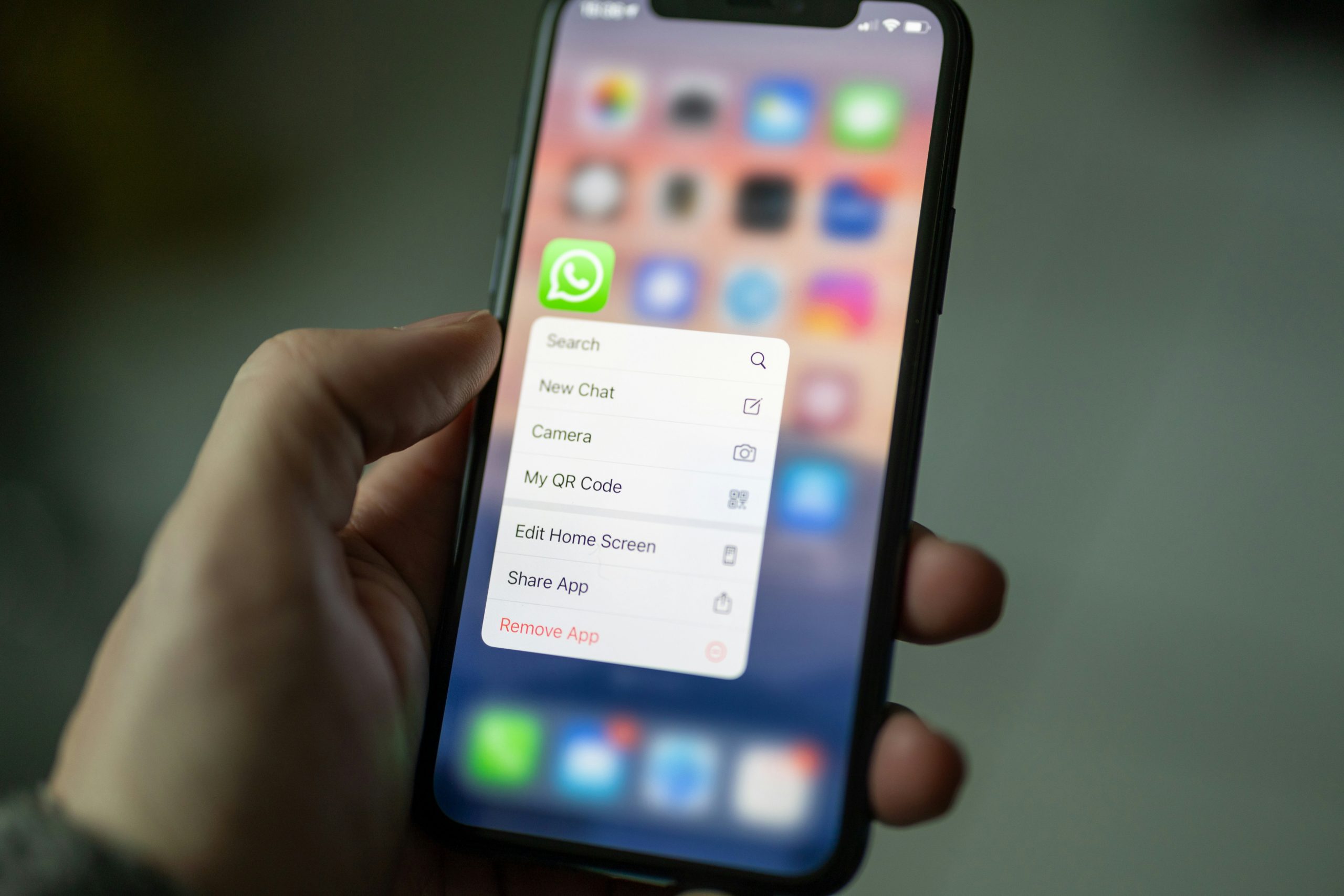In a world where our digital footprints often speak louder than our spoken words, the nuances of online communication can feel like a double-edged sword. Have you ever found yourself glancing at your phone, pondering whether someone is keeping tabs on your WhatsApp activity? The last seen feature has become a modern-day social barometer, provoking curiosity and sometimes even anxiety about who’s watching when you’re active— or inactive. As we navigate this intricate web of connectivity, the question arises: can you truly tell if someone is checking your last seen status?
The allure of this seemingly innocuous feature lies in its power to spark intrigue and speculation. With every tick of the clock, that little timestamp tells a story—one that others may be eager to decipher. Yet behind the simplicity of these digital indicators lurks a more complex narrative about privacy, trust, and relationships in the age of instant messaging. In this article, we’ll delve into the mechanics behind WhatsApp’s last seen function and explore whether it’s possible to identify those covertly monitoring your online presence. So grab your phone and settle in as we unravel this digital mystery together!
Table of Contents
What is Last Seen on WhatsApp?
Last Seen on WhatsApp is a feature that reveals the last time a user was active on the app. This timestamp can range from a few seconds to several hours, allowing friends and contacts to gauge when someone was last online. For many users, Last Seen acts as both a curiosity and an emotional barometer—giving insight into availability or potentially sparking feelings of anxiety or concern if someone hasn’t been active for an extended period.
However, it’s essential to recognize that Last Seen isn’t simply about tracking someone’s activity; it also raises questions about privacy and boundaries in our digitally connected lives. Users have the option to customize this feature: you can choose who sees your Last Seen status (everyone, contacts only, or nobody), allowing for greater control over your digital footprint. This selective visibility sparks intrigue among users—could hiding your Last Seen indicate something deeper? The interplay between privacy settings and interpersonal relationships further complicates our understanding of connection in the modern age, where even timestamps can carry significant weight in how we perceive others’ engagement with us.
Privacy Settings and Their Importance
Privacy settings play a crucial role in maintaining control over personal information and online interactions, particularly on platforms like WhatsApp. Users often underestimate the importance of these settings, unwittingly exposing themselves to unwanted attention or scrutiny. By diving into these features, individuals can tailor their experience and mitigate the risks associated with digital communication. For instance, disabling the “last seen” status not only protects your schedules from prying eyes but also curbs assumptions about your availability.
Moreover, understanding privacy settings fosters a sense of empowerment among users. Many may not realize that tweaking visibility options for profile photos and statuses dramatically limits who can access personal moments or thoughts shared on the platform. When users take time to manage these settings thoughtfully, it encourages mindful communications and builds healthier online boundaries—essential in today’s fast-paced digital landscape where misinterpretations can easily arise. Recognizing that privacy is more than just a feature—it’s a vital aspect of our well-being—urges everyone to revisit their WhatsApp setups regularly for peace of mind.
![]()
Can You See Who Views Your Last Seen?
The mystery of who checks your last seen on WhatsApp is a topic that stirs curiosity and speculation among users. While the platform itself does not offer a direct feature to see who has viewed your last seen status, the impact of this anonymity can lead to fascinating discussions about privacy and interpersonal dynamics. Many users find themselves pondering whether certain individuals are intentionally checking their availability or silently observing them from afar. This unspoken tension can sometimes lead to feelings of vulnerability in our digital interactions.
Moreover, WhatsApp provides various privacy settings that allow you to control who sees your last seen status—whether it’s everyone, only your contacts, or no one at all. This layer of control presents an intriguing paradox: while you can shield yourself from prying eyes, it also means you’re participating in a dance of mutual observation. Your choice over these settings often reflects how you engage with others and perceive their reactions—almost like a social experiment where unseen forces shape perceived connections. Ultimately, understanding these nuances opens doors for deeper conversations about trust and boundaries in our increasingly connected world.
Signs Someone Might Be Checking You
One of the most intriguing signs that someone might be checking your last seen on WhatsApp is a sudden uptick in their online activity coinciding with yours. If you notice a friend or acquaintance consistently going online shortly after you, it could indicate they are monitoring your presence closely. This behavior often reveals an underlying interest or curiosity about your activities, which can add an element of intrigue to what may seem like innocent social media browsing.
Another subtle clue lies in how they engage with you during conversations. If someone frequently brings up topics related to your recent ‘last seen’ status or hints at things you’ve posted just minutes after viewing them, it’s worth considering their level of attentiveness toward your narrative. Additionally, if this person tends to react differently based on when you were last active—perhaps pulling away or displaying jealousy—their checks may not just be casual; it reflects an emotional investment in what you’re doing online.

How to Manage Your Last Seen Visibility
Managing your last seen visibility on WhatsApp is not just about privacy; it’s about taking control of your digital footprint. Have you ever felt scrutinized by others checking when you were last active? Adjusting these settings empowers you to create boundaries in an increasingly connected world. By navigating to the Privacy settings in WhatsApp, you can choose between options like Everyone, My Contacts, or Nobody, tailoring who sees your online presence. This way, you’re not only safeguarding your personal space but also curating a more meaningful connection with those who truly matter.
Moreover, consider the implications of turning off your last seen status. While this enhances privacy, it can also influence communication dynamics. Friends might hesitate to reach out if they can’t gauge your availability, leading to misunderstandings or unmet expectations. However, this ambiguity can foster more spontaneous interactions—you may find that conversations happen without the pressure of checking for a quick reply. Ultimately, whether you opt for visibility or anonymity lies in how you wish to engage with others and protect your mental well-being amidst constant connectivity.
Alternatives to Monitor Message Interactions
While monitoring someone’s message interactions on WhatsApp can feel like peering through a digital keyhole, there are various alternatives that allow for deeper engagement without the anxiety of constant observation. One promising approach is to foster open communication channels with your chat partners. By initiating conversations about digital habits, preferences regarding response times, and expectations around online availability, you create an environment where transparency replaces suspicion. This dialogue not only alleviates concerns but also strengthens relationships.
Additionally, embracing the use of multimedia content can enhance interactions in a more engaging way than text alone. Sharing photos, voice notes, or videos encourages richer exchanges that naturally divert attention from last-seen statuses or read receipts. Not only does this shift focus from metrics to meaningful content, but it can also revitalize stale conversations and breathe new life into your chats as you explore shared interests through creative mediums.
Finally, consider setting boundaries for your own messaging practices by cultivating what we call digital wellness. Establishing self-imposed guidelines—like designated offline times or limiting app usage—can mitigate the pressure associated with tracking others’ online behavior. This proactive approach fosters healthier relationships built on trust rather than vigilance while steering clear of the pitfalls of technology-fueled insecurity.

Conclusion: Navigating Privacy on WhatsApp
In a world where digital communication increasingly shapes our interactions, understanding privacy settings on applications like WhatsApp has never been more crucial. Navigating these settings empowers users to reclaim control over their online presence. From managing who can see your last seen status to customizing read receipts, a few clicks can significantly enhance your sense of security and peace of mind. By taking advantage of the platform’s privacy features, you transform your experience from one overshadowed by potential scrutiny into one marked by freedom.
Moreover, the challenge is not solely about protecting oneself but also involves fostering healthier communication habits. Instead of obsessing over who’s checking our last seen or reading statuses, let’s focus on building genuine connections based on trust and openness. Encouraging conversations about digital boundaries within our circles could lead to richer relationships that thrive beyond mere notifications and timestamps. Ultimately, true navigation through WhatsApp’s privacy landscape lies in striking a balance between transparency with chosen contacts and safeguarding personal space—a duality that honors both our right to connect and our need for solitude in the buzzing realm of social media.




